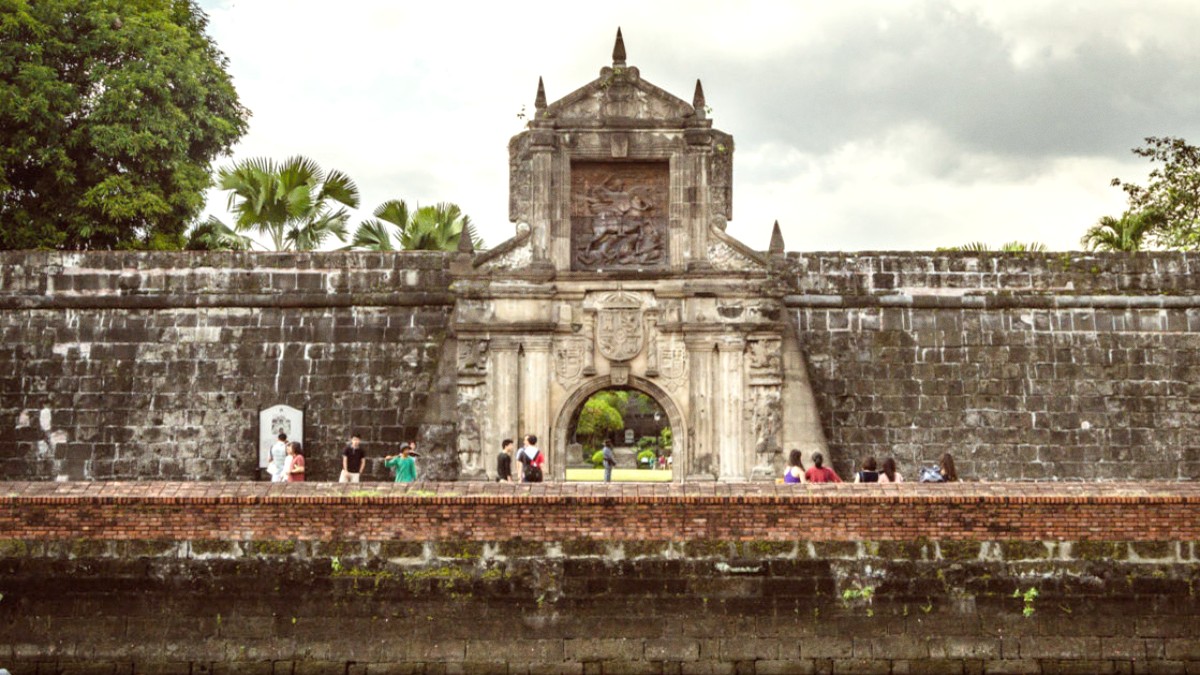
North Luzon, Philippines
Surrounding Vigan are agricultural lands, contributing to local produce and traditional crafts. To its west, the West Philippine Sea has coastal views and nearby beaches like Mindoro. The broader Ilocos region, including Ilocos Norte to the north and La Union to the south, share similar landscapes of coastal plains and foothills leading to the Cordillera mountain range further inland. This geographical setting shaped Vigan's growth as a trading hub and its distinct urban fabric. The climate here is tropical, with pronounced wet and dry seasons, a pattern common across this part of Southeast Asia. The flat plains also support local transportation, with tricycles and kalesas navigating the roads with ease.
Vigan experiences a tropical climate with a clear division between the dry and wet seasons. The dry season (November to April) generally brings comfortable temperatures and minimal rainfall, ideal for exploration. The wet season (May to October) marks higher humidity and frequent, often intense, rainfall.
Daily temperatures typically range from 25°C to 35°C (77°F to 95°F) throughout the year, with evenings during the dry season being cooler. Humidity levels rise significantly during the wet season. Planning your visit according to these patterns can enhance your experience.
Vigan’s history spans centuries, predating Spanish arrival. The name "Vigan" itself carries various origin theories, some tracing it to a Chinese word for "beautiful shore" or local terms. In the mid-16th century, Spanish conquistador Juan de Salcedo established a Spanish colonial presence. It quickly grew into a major center for trade, evangelization, and administration in northern Luzon. The city also saw various uprisings against Spanish rule, contributing to the broader narrative of Philippine independence.
The city's urban planning reflects meticulous Spanish design, featuring a central plaza (Plaza Salcedo), a grand cathedral, and surrounding government buildings. What distinguishes Vigan, earning it UNESCO World Heritage status in 1999, is the remarkable preservation of its mestizo district, notably Calle Crisologo. This street, with its ancestral homes built from stone, brick, and hardwood, showcases an unique blend of Asian and European architectural styles. The houses display elaborate wooden and stone details, often with wide, open windows (capiz shells were used for windows in some homes) and intricate ironwork. This architectural heritage is a tangible link to the colonial past, representing a rare example of a planned Spanish colonial town that survived World War II largely intact.
Established trading hub with Chinese merchants.
Spanish arrival and establishment of colonial presence by Juan de Salcedo.
Became a major administrative, trade, and evangelization center.
Remarkably preserved its heritage during World War II.
Inscribed as an UNESCO World Heritage Site.
It served as the capital of the Ilocos region, a center for the tobacco industry, and a trading post for gold, indigo, and other goods. Its inhabitants, known as Ilocanos, developed a distinct culture, resilient and industrious, still evident today. Its designation as an UNESCO site acknowledges its universal value as an example of a colonial town where diverse cultural elements fused to create an unique urban landscape.
Vigan's buildings display a fusion of Philippine, Chinese, and Spanish influences, evident in structural designs and decorative elements. This blend reflects centuries of trade and cultural exchange.
The city's street layout and property lines largely mirror its original colonial design, a rare example of a well-preserved planned Spanish town in Asia.
Vigan is a testament to its layered history, where every cobblestone and ancestral home shares a narrative of trade, faith, and the enduring spirit of its people.
Vigan offers visitors a concentrated experience of Philippine history and culture. Explore a city where the past is not just remembered but lived. Horse-drawn carriages, known as kalesas, clip-clop along the cobblestone streets, especially on Calle Crisologo, which becomes pedestrian-only in the evenings.
The city's architectural beauty draws many. Grand churches like Vigan Cathedral and the historic Bantay Bell Tower offer glimpses into old religious and defensive structures. Museums, including the Crisologo Museum and Syquia Mansion, share personal insights into prominent local families and their contributions. Beyond the visual appeal, Vigan engages the senses through its culinary traditions, home to unique Ilocano dishes, like the garlicky Vigan longganisa and the crunchy, savory Vigan empanada. Sampling these local flavors forms a significant part of the visit.
Explore the historic core, especially Calle Crisologo, on foot.
Experience horse-drawn carriage tours through the city's old streets.
Taste Vigan longganisa, empanada, and other Ilocano dishes.
Practical travel elements are straightforward. Tricycles provide city transport, while buses connect Vigan to other parts of Luzon. Accommodation options range from budget guesthouses to heritage hotels within the historic district.